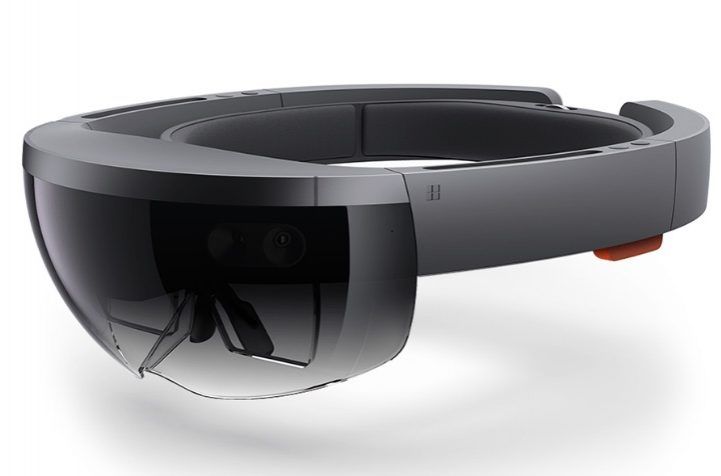Microsoft is preparing a new version of its mixed reality HoloLens glasses. Everyone is talking about when HoloLens 2 will arrive, how much it will cost and what exactly is hidden inside. And we may have some answers, thanks to a source close to the project.
HoloLens 2 will bet on Qualcomm’s new chip
Some thought HoloLens 2 might include a Snapdragon 845, but an Engadget source says the glasses will work with Qualcomm’s newly announced XR1 platform. XR1 was built with the express purpose of providing “high quality” VR and AR experiences. The company promises directional audio, 3D overlays, and 4K video at 60 frames per second with this chip.
Commenting on the XR1 to the world about two weeks ago, Qualcomm said it was already working with Vive, Vuzix, and Meta to build new devices using this processor. Microsoft’s name wasn’t on that list, but Redmond may have wanted to keep his plans secret at the time, but as always, the leaks are relentless.
These same sources believe that we are likely to see the HoloLens 2 announcement back in January, if all goes well, perhaps scheduled to coincide with CES 2019. This is consistent with other sources such as Brad Sams, who said the hardware, codenamed Sydney, will debut in the first quarter of 2019. Of course, CES 2019 is a long way off and things could change between now and then.
The chip still has enough power to display 4k content at 60 FPS, plus three-dimensional sound and 3DoF/6DoF support for corresponding controllers. The XR1 should also have AI characteristics (of course it does, because every CPU has AI characteristics for decades, but since AI is currently the buzzword at all, you just have to mention it at every opportunity).
Qualcomm will not reveal any more details here but will let you know that partners such as HTC, Vuzix and Pico are already working on the equipment. Whether and what the XR1 has anything to do with Microsoft is currently difficult to assess, probably rather less. It is rumored that the next generation of HoloLens will be equipped with a Qualcomm chip, and the next generation of Windows Mixed Reality headsets and the highly anticipated MR solution for the Xbox One will be wireless and require their own CPUs, but unfortunately, this is still pure coffee set reading at the moment.
Microsoft takes seriously its approach to virtual reality and mixed reality technology, which for the moment, is not taking off.
